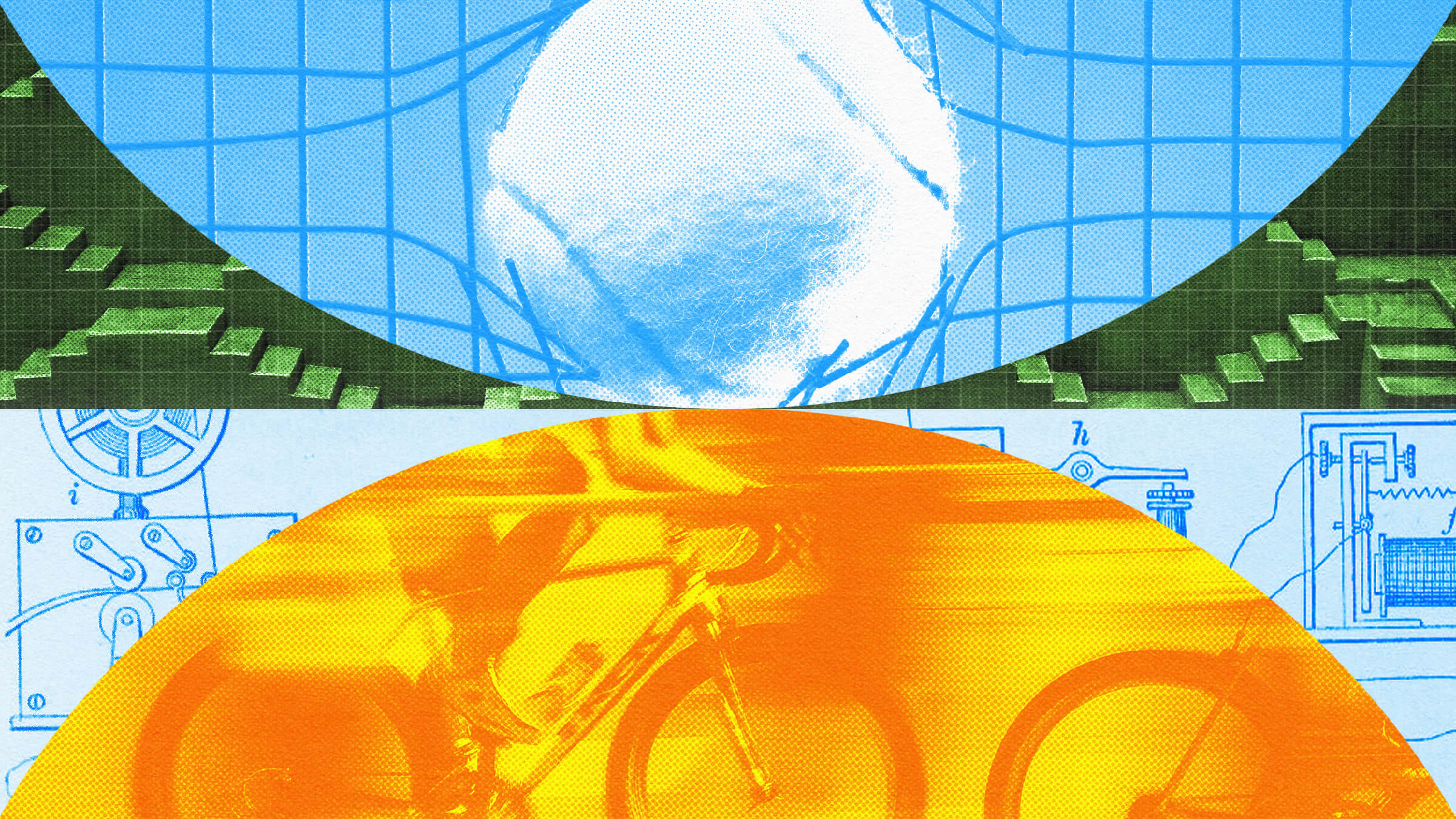Harvard Business School professor Clay Christensen explains.
Question: Is America still a global innovation leader?Christensen: You know, I have a deep concern about the state of technological innovation in American industry. We’ve written this book on healthcare that you’ve asked some great questions about, but in parallel, we wrote another book called “Disrupting Class,” examining our public schools through the lenses of our research on innovation. And we came up with a couple of counterintuitive insights. One is the prosperity is an enemy of technical education. So I know well most of the founders of Silicon Valley, a good number of them are immigrants, most of them came from working class or poor backgrounds studied Math, Science and Engineering and become very prosperous people. And I know most of them well enough that I know their children or I know of their children, almost none of their children studied Math, Science and Engineering. They studied things like Greek Philosophy or Oriental Mythology. And one of our insights is that we do such a crummy job teaching Math, Science and Engineering in a way that it’s intrinsically motivating to students. We teach it in a way that it’s boring and demotivating. Poverty is an intrinsic motivator that causes people to put up with the horrific way we teach that stuff, because if you become a good technologist, technologist is a ticket to the middle class or beyond. But once your prosperity has been assured, why bother? And so, when Japan was disrupting America in the ‘70s and ‘80s, they came in at the bottom of the market and then moved up. Toyota, Canon, Sony, Mitsui, all of them came into the bottom of their markets and moved up and were disrupting the American manufacturing companies. A lot of times people attributed Japan’s miracle to the fact that they had four times as many engineers studying in their colleges as we had engineering students in our colleges and they only have 40% of our population. But now that Japan’s economy has become very prosperous, the portion of their students that are studying Math, Science and Engineering is declining very rapidly. And then as Korea, Taiwan and Singapore disrupted Japan, they’ve become very prosperous. Now, the portion of their students that are studying technical subjects has fallen off the cliff. In Hong Kong, they can’t even fill their Engineering schools. And so the locust of Engineering has shifted to China and India where poverty is still an extrinsic motivator. So, if we cannot learn to teach those topics in a way that is intrinsically motivating and we don’t have poverty, then we just lose our technical edge. So, 30 years ago when I’d walked up and down the corridors in Silicon Valley, if you look at the names on the cubicles, they were largely American names. When you walk up and down the cubicles today, there are very few American names. They’re Chinese, Indian or Israeli. So, America has kept its technical edge, not because the Americans are great technologist, but we’ve been a magnet for the best technologists in the world and that’s how we’ve stayed ahead. But now, we’ve got this crazy immigration laws that are taking the world’s best technologists and saying we’re going to make it as hard as we can for you to come across our border. That coupled with the fact that China and India are disrupting America, they may have to come to America now to get a great job. And so I really worry about the future of technological innovation in the United States because of our prosperity, the inability of our schools to make these subjects intrinsically interesting, the immigration law and the disruption of America by China and India, I really worry.





